Introduction
In the vast array of grocery items we purchase, fresh fruits stand out for their vibrant colors, sweet aromas, and numerous health benefits. Whether you’re buying them for a nutritious snack, to incorporate into meals, or simply to enjoy their natural sweetness, selecting the freshest fruits is crucial. However, navigating through the produce section can sometimes feel like a daunting task, especially with the variety of fruits available and the varying levels of freshness they might exhibit. This guide aims to provide you with comprehensive insights on how to pick the freshest fruits, ensuring that every bite you take is as delicious and nutritious as possible.
Understanding Fruit Ripeness
Before diving into specific tips for each fruit, it’s essential to understand the concept of ripeness. Ripeness refers to the stage of maturity when a fruit has developed its full flavor, texture, and nutritional value. Different fruits ripen at various stages, and some continue to ripen after being picked, while others do not. Understanding this distinction is key to selecting the best fruits.
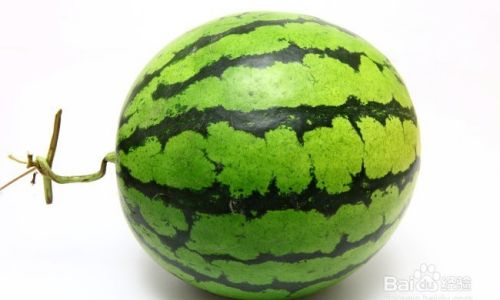
Climacteric vs. Non-Climacteric Fruits
-
Climacteric Fruits: These fruits continue to ripen after being picked. Examples include bananas, apples, avocados, pears, peaches, plums, nectarines, tomatoes, and kiwis. They emit ethylene gas, which promotes further ripening.
-
Non-Climacteric Fruits: These fruits do not ripen further after harvest. Examples include berries (strawberries, blueberries, raspberries), grapes, cherries, citrus fruits (oranges, lemons, limes), pineapples, and melons (watermelon, cantaloupe). They should be picked at their peak ripeness.
General Tips for Selecting Fresh Fruits
-
Inspect the Appearance
- Look for fruits with vibrant, even colors. Dull or patchy coloring can indicate that the fruit is overripe or has been on the shelf for too long.
- Check for any bruises, cuts, or mold. These are signs of damage that can lead to rapid spoilage.
- For fruits with skin, ensure it is smooth and free of wrinkles, which often indicate that the fruit is past its prime.
-
Feel the Texture
- Firmness is a critical indicator for many fruits. Overripe fruits tend to be softer or mushy. However, some fruits, like ripe bananas or avocados, should have a give when gently pressed.
- For fruits with a rind or shell (like melons and citrus), a heavy weight for its size can suggest good juiciness and ripeness.
-
Smell the Aroma
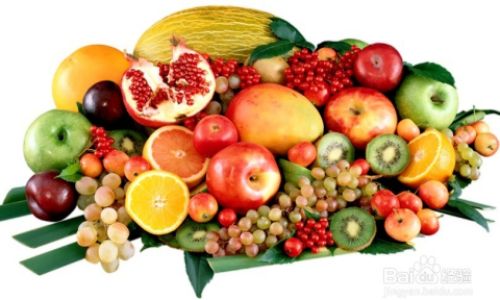
- Ripe fruits often have a distinct, pleasant aroma. While some fruits, like bananas, emit a stronger scent as they ripen, others, like apples, may have a subtler fragrance.
- Avoid fruits with an off or alcohol-like smell, as this can indicate spoilage.
-
Check the Stem and Stem End
- For fruits with stems, like apples and cherries, a fresh, green stem is a good sign. A dried-out or brown stem may mean the fruit has been on the shelf for too long.
- Examine the stem end for any signs of mold or decay, as this can spread internally.
-
Seasonality Matters
- Fruits are typically freshest and most flavorful when they are in season. Buying out-of-season fruits often means they were picked prematurely and may not have developed full flavor.
- Research the seasonal availability of your favorite fruits to plan your purchases accordingly.
Tips for Selecting Specific Fruits
Apples
- Look for apples with smooth, firm skin and a vibrant color. Avoid those with soft spots, bruises, or wrinkles.
- The stem should be green and attached securely.
- Varietal differences play a role; for instance, Granny Smith apples are green, while Red Delicious apples should have a deep red hue.
Avocados
- Ripe avocados will yield slightly to gentle pressure when pressed at the stem end. Avoid those that are too hard (unripe) or overly soft (overripe).
- The skin should be a uniform dark green or, for ripe Hass avocados, starting to develop a dark brown, almost black color.
- Check the stem for removal ease; a ripe avocado’s stem will come out easily.
Bananas
- Choose bananas with bright yellow skin, indicating ripeness. Green bananas are unripe, while those with black spots may be overripe.
- Feel for firmness; ripe bananas should have a slight give but not be mushy.
- Avoid bananas with cracks in the skin or soft, bruised areas.
Berries
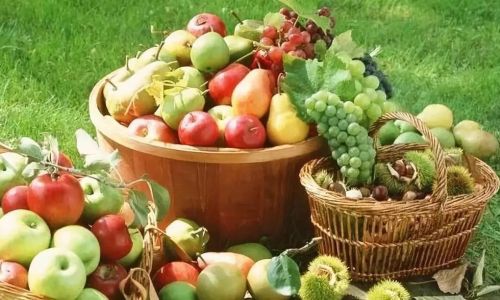
- Look for berries that are firm, plump, and evenly colored. Avoid those that are soft, wrinkled, or have mold.
- Fresh berries should have a bright color and a slight shine.
- Berries with a natural bloom (a slight dusty appearance) are often fresher, as this is a protective layer.
Citrus Fruits (Oranges, Lemons, Limes)
- Heavy fruits for their size are usually juicier.
- The skin should be smooth and firm, with no soft spots or wrinkles.
- For oranges, a bright orange hue is ideal. Lemons and limes should be bright yellow and green, respectively.
- Shake the fruit gently; a slight rattling sound can indicate that it’s juicy.
Grapes
- Look for grapes that are firm and plump, with tight clusters. Avoid those that are shriveled or have loose clusters.
- The skin should be smooth and free of cracks or mold.
- Color can vary by variety; for instance, Concord grapes are dark purple, while Red Globe grapes are bright red.
Kiwis
- Ripe kiwis will yield to gentle pressure and have a slightly soft feel. Avoid those that are hard or overly soft.
- The skin should be a uniform brown with no wrinkles or soft spots.
- A slight give when pressed at the stem end is a good indicator of ripeness.
Melons (Watermelon, Cantaloupe, Honeydew)
- For watermelons, a dull thud when thumped with your knuckles indicates ripeness. Avoid those that sound hollow or too solid.
- Cantaloupes and honeydew should have a slightly soft give when pressed at the stem end.
- The rind should be smooth and free of cracks or soft spots. A yellow spot on cantaloupes indicates that it was resting on the ground and is ripe.
Nectarines and Peaches
- Look for fruits with a uniform color and a slight fuzz on the skin. Avoid those with bruises, soft spots, or wrinkles.
- Ripe nectarines and peaches should have a slight give when pressed gently.
- The stem should be attached and fresh, indicating recent harvest.
Pears
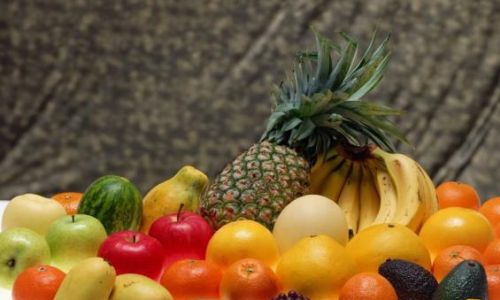
- Ripe pears should yield to gentle pressure at the neck (where the stem attaches). Avoid those that are overly firm or soft.
- The skin should be smooth and free of bruises or soft spots.
- Different varieties have different colors; for instance, Bartlett pears are greenish-yellow when ripe, while Anjou pears remain green.
Pineapples
- The skin should be firm and have a slight弹性. Avoid those with soft spots or mold.
- The leaves at the top should be green and fresh. A brown, dried-out crown can indicate that the pineapple is overripe.
- Give the pineapple a slight shake; if it feels heavy and solid, it’s likely juicy.
Plums and Prunes
- Ripe plums and prunes should be firm but yield slightly to pressure. Avoid those that are overly soft or have wrinkles.
- The skin should be smooth and evenly colored.
- Plums come in various colors, including red, yellow, and purple, depending on the variety.
Strawberries
- Look for strawberries that are firm, plump, and have a bright red color. Avoid those that are soft, moldy, or have white tips.
- The hull (leafy green part) should be fresh and green.
- Berries with a natural shine are often fresher.
Tomatoes
- Ripe tomatoes should have a uniform color, whether red, yellow, orange, or green (for heirloom varieties). Avoid those with soft spots, cracks, or mold.
- Feel for firmness; ripe tomatoes should have a slight give but not be mushy.
- The stem end should be clean and free of mold or rot.
Conclusion
Selecting fresh fruits is an art that combines visual inspection, tactile assessment, and an understanding of each fruit’s unique ripening characteristics. By following the general tips and specific guidelines outlined in this guide, you can ensure that your produce purchases are as fresh, delicious, and nutritious as possible. Remember, the key to enjoying the best fruits is to buy them at their peak ripeness and consume them promptly to maximize their flavor and health benefits. Happy fruit shopping!
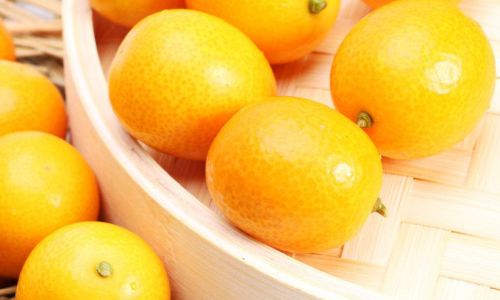
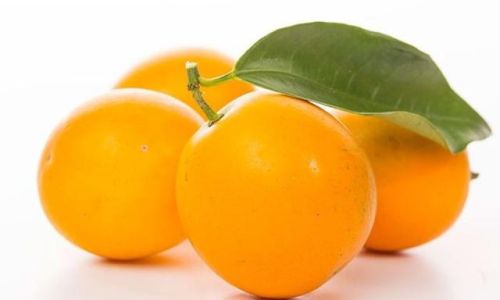




0 comments